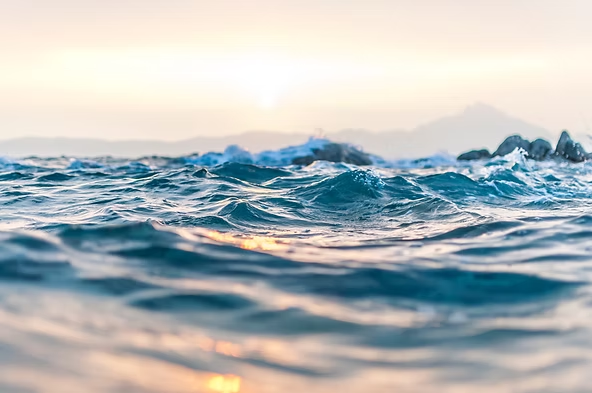How Industrial Fishing Has Reshaped Ocean Life
Humans have broken the sacred law of the ocean, disturbing both the waters and the life within through industrial fishing.
A Historic Voyage
On November 9, 1969, the research vessel CSS Hudson departed Halifax Harbour, Nova Scotia, embarking on what was thought to be the last glorious voyage of many marine scientists. This expedition marked the first recorded circumnavigation of American land.
Plankton Research and Discoveries
The Hudson frequently stopped to allow scientists to conduct research and collect samples. Among them was marine ecologist Ray Sheldon from the Bedford Institute of Oceanography, fascinated by the microscopic plankton scattered throughout the oceans. Sheldon and his colleagues collected seawater, brought it to the ship’s library, and used plankton-counting devices to calculate the size and abundance of the organisms they found.
The scientists concluded that an organism’s body size largely determines its abundance: the smaller the organism, the more numerous it is. Krill, for example, are a billion times smaller than tuna, yet a billion times more abundant in the ocean.
The Impact of Industrial Fishing
Over the past century, industrial fishing has disrupted this natural balance. Large marine creatures have become increasingly rare, undermining Sheldon’s observations. Recent studies by Galbraith and colleagues show that while microscopic plankton populations remain largely unchanged, the biomass of fish larger than ten grams, along with other marine mammals, has dramatically declined since 1800.
Conclusion
Sheldon’s early findings remain accurate for small marine organisms, but human activities have profoundly reduced populations of larger ocean life, highlighting the urgent need for sustainable fishing practices.

